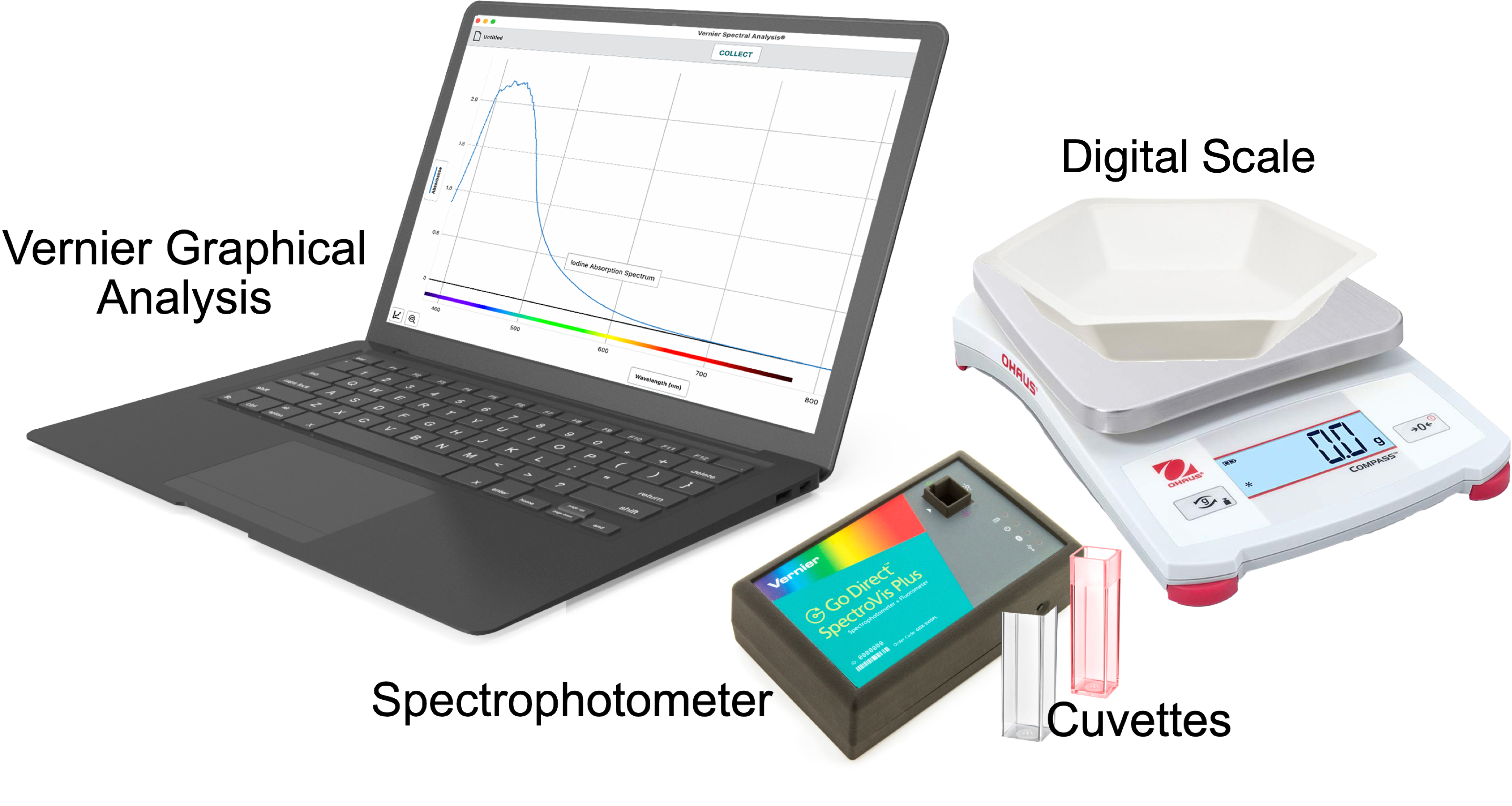Teacher Portal
Science and Art
CELL Guide
CELL Guide
Science and Art

LabLearner’s 3-D Approach to Scientific Inquiry
Phase 1 – Defined Understanding
The defined boundaries of this phase provide a framework for engaging parents and identifying students’ current knowledge of the key topic(s) explored in this CELL.
Phase 2 – Dynamic Understanding
Change, activity, and progress characterize the dynamic phase. Its design will enable you to enhance students’ existing skills, interests, and understanding, as well as meaningfully build new ones.
Phase 3 – Deeper Understanding
By this point, students have moved through powerful and purposeful tasks that had them actively and intentionally construct an understanding of concepts. In this final phase, students will consolidate knowledge and make deeper connections among ideas.
Phase 1 – Defined Understanding
► Parent Newsletter
Encourage parents to connect to their child’s learning by providing them with a framework of the CELL. Use this link to access and share the Parent Newsletter.
► Baseline Assessment
Assess students’ current knowledge of the topic(s) being explored then set instructional and student learning goals. Use this link to schedule then invite students to take the Pre-test for the CELL.
Phase 2 – Dynamic Understanding
► Introduction and Fun Facts
In this CELL, Introduction and Fun Facts are included separately in each Investigation.
____________________________________________
► Links to Investigations
Go directly to the Investigation you are working on by clicking on a link below:
► Investigation 1
► Investigation 2
► Investigation 3
► Investigation 4
► Investigation 5
► CELL Vocabulary
Investigation 1:
- Depth: How deep something is or appears to be. Depth may be the measurement from the top of an object to its bottom, from its front to back, or from its outside to its inside.
- Depth perception: The ability to see in three dimensions.
- Field of view: The entire area that is able to be seen at any one time.
- Point of view: The direction from which an object or scene is observed.
- Perspective: The way in which objects appear in a person’s view. In art, perspective is thought of as a way to show on paper how an image appears to the human eye.
- Vanishing point: A point in a drawing, painting or in space at which parallel lines seem to meet. A point in space at which objects seem to disappear.
Investigation 2:
- Dimensions: The measurements of an object such as its length, width and height.
- Eye: The organ that contains all of the structures needed for sight.
- Image: The appearance of an object produced by the reflection or refraction of light. An image of an object is formed on the retina when light passes through the lens of the eye.
- Retina: The lining in the back of the eye where images formed by the lens are focused.
- Visual angle: The angle at which light from an object enters the eye. The visual angle can be measured either as light enters the eye or inside the eye when light is focused on the retina.
Investigation 3:
- There are no additional vocabulary words in Investigation 3
Investigation 4:
- Asymmetry: The absence of symmetry. Asymmetrical objects cannot be divided into equal parts.
- Balance: A term used in art that describes the way in which lines, shapes, colors and textures are arranged. Art may have symmetrical or asymmetrical balance.
- Bilateral symmetry: One type of symmetry in which an imaginary line or plane divides an object into right and left halves. Each half is a mirror image of the other.
- Radial symmetry: A type of symmetry in which an object can be divided equally around a central axis or point by multiple lines or planes of symmetry. A starfish is an example of an organism that has radial symmetry. A pie cut into equal pieces is also an example of radial symmetry.
- Symmetry: A type of pattern in which an object can be divided into equal divisions or parts. Symmetry can also refer to the idea of balanced proportions or the “beauty” that results from balanced proportions.
- Plane of symmetry: A line that divides an object into equal parts. An object can have one or multiple planes of symmetry.
Investigation 5:
- Primary color: The red, yellow, and blue in the RYB color palette.
- Secondary color: Secondary colors are made by mixing two primary colors. Red and Blue = Purple/Violet, Blue and Yellow = Green, and Yellow and Red = Orange.
- Cool colors: These are colors grouped on one side of the color wheel, including blues, greens, and purples.
- Warm colors: These are colors grouped on the opposite side of the color wheel from the cool colors, including reds, oranges, and yellows.
- Absorption spectrum: A plot of the absorbance of a color sample at different wavelengths of light.
- Reflected light: Light that is not absorbed by an object or sample is reflected. It is this reflected light that we see and identify with the object.
- RYB Pallete: A color format in which the primary colors are red, yellow, and blue. The RYB color scheme is the traditional system of color mixing used with paints and other artist colors.
- RGB Pallete: A color format that uses red, green, and yellow as the primary colors. The RGB colors are used for computer displays, monitors, and television screens.
► Access Scoring Rubric
Examine the scoring rubric for this CELL so that you know what your teacher is looking for in terms of performance.
Tips for Success:
Google Classroom
Phase 3 – Deeper Understanding
► Summative Assessment
Evaluate student learning at the end of the CELL by comparing the Summative Assessment to students’ Baseline Assessments. Use this link to schedule then invite students to take the Post-test for the CELL.

